For the case of zero body forces, the Galerkin vector is biharmonic. However, it was pointed out
Question:
For the case of zero body forces, the Galerkin vector is biharmonic. However, it was pointed out that in curvilinear coordinate systems, the individual Galerkin vector components might not necessarily be biharmonic. Consider the cylindrical coordinate case where V = Vrer + Vθeθ + Vzez. Using the results of Section 1.9, first show that the Laplacian operator on each term will give rise to the following relations:

Data from section 1.9

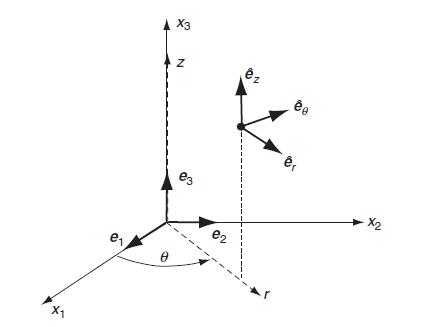


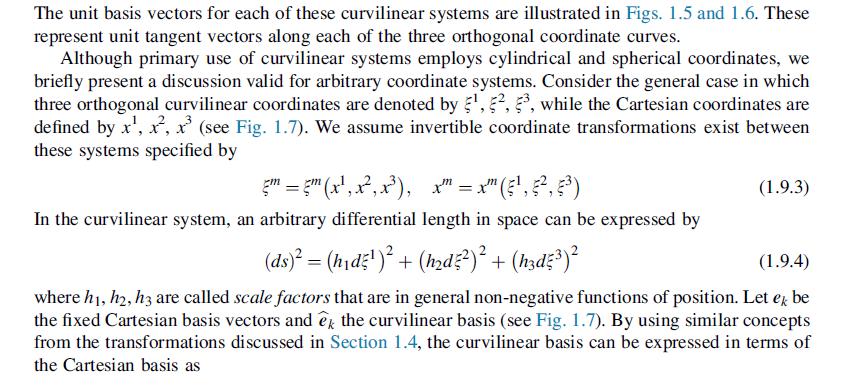
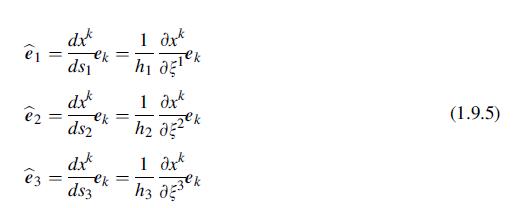
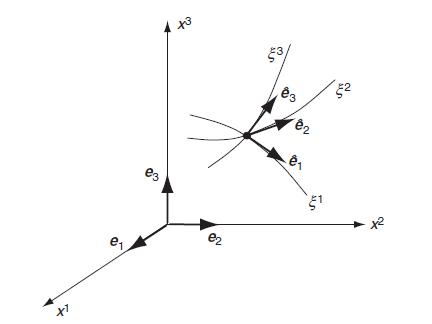
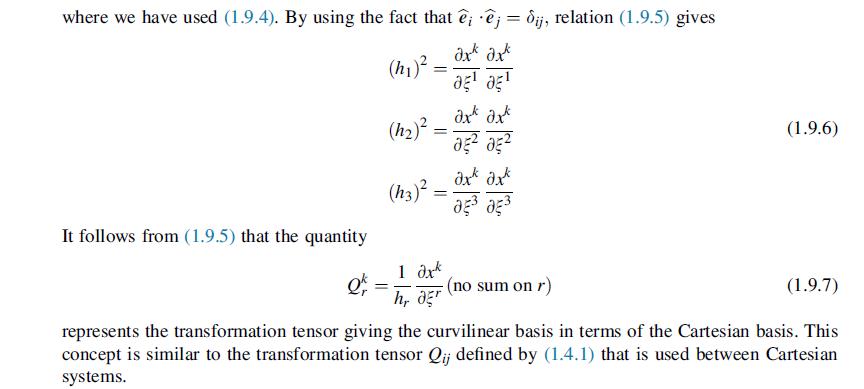
Fantastic news! We've Found the answer you've been seeking!
Step by Step Answer:
Related Book For 

Elasticity Theory Applications And Numerics
ISBN: 9780128159873
4th Edition
Authors: Martin H. Sadd Ph.D.
Question Posted:





